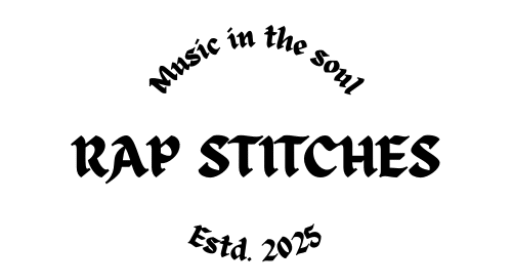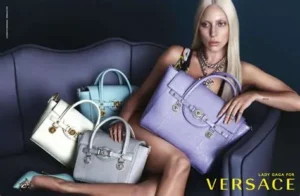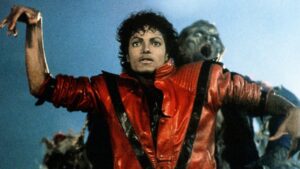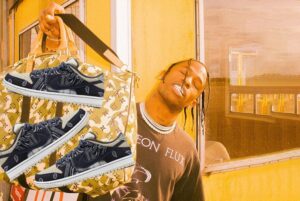In India, music and fashion have always moved in sync, dancing together through decades of cultural evolution. Whether it’s the earthy tunes of folk music, the grandeur of classical ragas, or the glitzy beats of Bollywood hits, each genre has influenced how India dresses, expresses, and defines its aesthetic. From stage costumes to street style, music doesn’t just complement fashion—it drives it.
A Historical Duet: Classical Roots and Royal Robes
Indian classical music, both Hindustani and Carnatic, has historically been associated with rich sartorial traditions. Performers of classical music, like Tansen or MS Subbulakshmi, often wore regal attire that reflected the cultural ethos of their art. The sherwanis, angarakhas, silk sarees, and turbans seen on classical performers became aspirational styles for audiences, especially during festivals and cultural events.
Even today, a classical concert in India evokes an unspoken dress code—banarasi silks, kanjeevarams, Nehru jackets, and khadi kurtas—blending traditional fashion with cultural reverence. In many ways, classical music preserved and popularized traditional Indian textiles and silhouettes.
Folk Music and the Celebration of Identity
India’s folk music is a treasure trove of regional identities, and its impact on fashion is deeply local yet universally inspiring. From the vibrant mirror-work of Gujarat’s Garba outfits to the colorful phulkari of Punjabi bhangra dancers, folk music has helped bring regional fashion to national and global stages.
Musicians often become ambassadors of their community’s heritage. Take Rajasthani folk singers, for example—their colorful turbans, embellished lehengas, and chunky silver jewelry are not just performance wear but statements of cultural pride. These aesthetics frequently inspire designers during India Fashion Weeks, influencing mainstream trends and even bridal couture.
Bollywood: The Ultimate Fashion Jukebox
No discussion about music and fashion in India is complete without Bollywood. Since the advent of sound in Indian cinema in the 1930s, film songs have dictated style trends across the country.
- 1950s–60s: The golden era of Bollywood music saw stars like Madhubala and Dev Anand set trends with every movie. Songs like “Aaiye Meherbaan” or “Pyaar Hua Iqraar Hua” brought in elegant chiffon sarees, pencil pants, and slick hairstyles into everyday wardrobes.
- 1970s–80s: As disco beats entered Bollywood, fashion took a turn toward flamboyance. Think Zeenat Aman’s metallic dresses in “Dum Maro Dum” or Mithun Chakraborty’s shiny jumpsuits in “Disco Dancer”. These weren’t just costumes—they became cultural moments.
- 1990s–2000s: The rise of music videos and pop albums (Indipop) changed the scene again. Alisha Chinai’s “Made in India”, Daler Mehndi’s vibrant tunics, or Falguni Pathak’s Navratri outfits influenced youth fashion in a big way. Low-rise jeans, crop tops, chokers, and glittery ensembles became the norm, fueled by music television channels like MTV India and Channel V.
- Modern Era: Today’s Bollywood music, fused with EDM, hip-hop, and indie vibes, inspires a new kind of fashion—streetwear, fusionwear, and gender-fluid styles. Artists like Divine, Raftaar, and Badshah have introduced urban aesthetics into Indian wardrobes: oversized hoodies, sneakers, bucket hats, and athleisure are now staples for many Indian youth.
Music Festivals: Runways of the New Generation
Events like NH7 Weekender, Sunburn, and Ziro Festival are not just about music—they’re fashion playgrounds. Attendees curate their outfits with as much care as their playlists. Bohemian prints, fringe jackets, tribal jewelry, body art, and statement eyewear dominate the scene. Much like Coachella in the West, these festivals are defining how young India dresses—carefree, creative, and experimental.
Moreover, the indie music scene in India—featuring artists like Prateek Kuhad, Anuv Jain, or Ritviz—has created a mellow, minimalist fashion narrative. Think earthy tones, breathable fabrics, and conscious fashion choices. These artists often become unexpected style icons, influencing sustainable and slow fashion trends.
Music Videos and Social Media: Instant Style Inspo
With platforms like Instagram, YouTube, and Spotify combining music and visuals, fashion trends today are set at the speed of a reel. Music videos by Indian artists now focus heavily on styling. Whether it’s the street swag of Emiway Bantai or the glam look of Neha Kakkar, fans often emulate their favorite artists.
Brands have caught on too. Fashion labels collaborate with musicians for campaigns, leveraging their cultural capital. Artists are no longer just trend-followers—they’re trendsetters.
Conclusion: A Symphony of Style
Music in India has always been more than just sound—it’s a cultural force, a mode of expression, and a lifestyle. And fashion? It’s the visual manifestation of that lifestyle. Together, they form a feedback loop: music inspires fashion, and fashion, in turn, enhances musical storytelling.
Whether it’s the timeless grace of classical attire, the regional pride of folk ensembles, or the edgy statements of pop and hip-hop, Indian music continues to redefine how the country dresses. In this rhythmic exchange, one thing is clear—where there’s music, there’s fashion waiting to dance.




